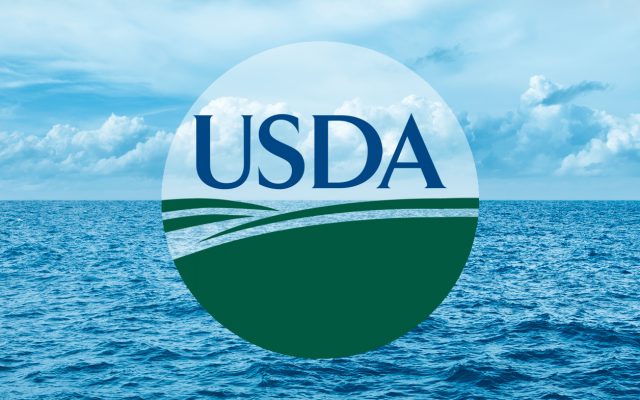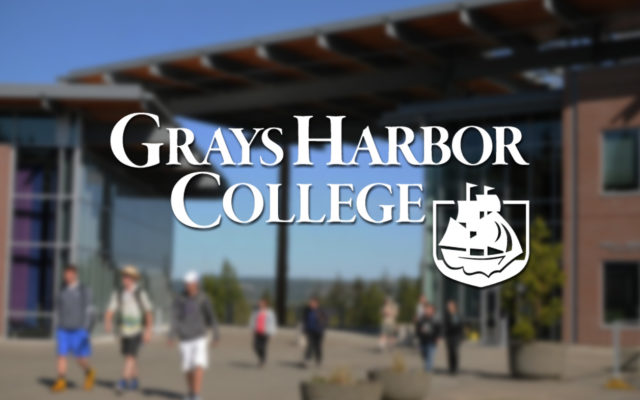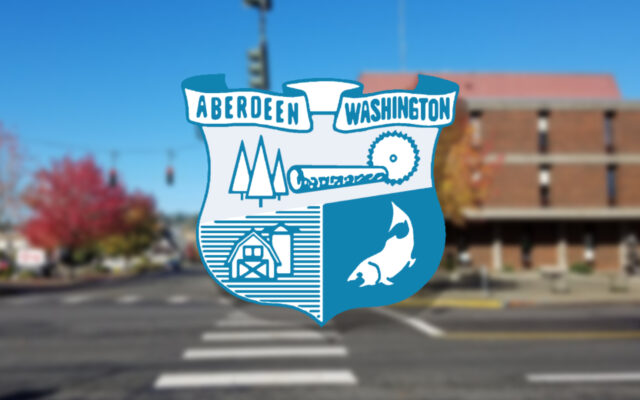USDA to buy $17 million in Pacific seafood as part of $159.4 million in total food purchases

The U.S. Department of Agriculture (USDA) announced it will purchase up to $159.4 million in domestically produced seafood, fruits, legumes, and nuts for distribution to a variety of domestic food assistance programs, including charitable institutions.
Of the $159.4 million in funding for purchasing domestic products, up to $4 million can be used to purchase Pacific rockfish filets; $4 million for Pacific pink shrimp and $9 million for Pacific hake (whiting). Other seafood items include pollock and salmon from Alaska and shrimp from the Gulf of Mexico and South Atlantic.
Following the announcement, the West Coast Seafood Processors Association applauded the decision, saying that it is “very exciting news for the West Coast fishing/seafood industry”.
“COVID-19 upended our domestic and global markets,” West Coast Seafood Processors Association Executive Director Lori Steele said. “The USDA purchases will help supplement and stabilize our existing markets, allowing us to keep American fishing and processing families working through difficult times. The USDA and public get healthy, nutritious seafood from sustainable stocks. It truly is a win-win.”
These purchases are being made utilizing funds under the authority of Section 32 of the Agricultural Adjustment Act (Pub. L. 74-320), as amended (Section 32). This is one of many actions USDA is taking to address the disruptions in the food system supply chain and worsened food insecurity resulting from the COVID-19 pandemic.
“The impacts of COVID-19 reverberated from our farms to our oceans,” said Agriculture Secretary Tom Vilsack. “U.S. fisheries and the American seafood industry were dealt a heavy blow. Today, USDA is pleased to make the largest single seafood purchase in the Department’s history. These healthy, nutritious food purchases will benefit food banks and non-profits helping those struggling with food hardship as the Biden Administration works to get the economy back on track for American families.”
Selected commodities include: Alaska pollock, apricots (canned, dried, and frozen), chickpeas, dry peas, Gulf of Mexico and South Atlantic wild-caught shrimp, lentils, navy beans, Pacific pink shrimp, Pacific rockfish fillets, Pacific whiting fillets, pistachios, prepared peaches, and sockeye (red) salmon. The inventories of these commodities are in high oversupply due to a decrease in demand because of the COVID-19 pandemic and disruption in the supply chain, as restaurants and other outlets closed during the pandemic. This is the largest purchase of U.S. raised seafood by the USDA to date.
Within a few days of approval, USDA’s Food and Nutrition Service will offer these commodities to their networks. Orders should be received during the first week of June with solicitations being issued mid-June and awards occurring near the end of the month. Deliveries should start to occur by mid-August.
Solicitations will be available electronically through the Web-Based Supply Chain Management (WBSCM) system and on the Agricultural Marketing Service’s website at www.ams.usda.gov/selling-food. To be eligible to submit offers, potential contractors must meet the AMS vendor qualification requirements and be domestic operations.
The purchase amounts are as follows:
| Products | Approved Amount |
| Alaska Pollock | $20 Million |
| Apricots (Canned, Dried, And Frozen) | $6.5 Million |
| Chickpeas | $10 Million |
| Dry Peas | $10 Million |
| Gulf of Mexico and South Atlantic Wild-Caught Shrimp | $25 Million |
| Lentils | $10 Million |
| Navy Beans | $4 Million |
| Pacific Pink Shrimp | $4 Million |
| Pacific Rockfish Fillets | $4 Million |
| Pacific Whiting Fillets | $9 Million |
| Pistachios | $40 Million |
| Prepared Peaches | $8 Million |
| Sockeye (Red) Salmon | $8.9 Million |
| Total | $159.4 Million |
USDA also announced today a policy change that makes food fish and other aquatic species eligible for the Emergency Assistance for Livestock, Honey Bees and Farm-raised Fish Program (ELAP) under the USDA Farm Service Agency (FSA). Previously, only farm-raised game and bait fish were eligible for death loss ELAP benefits. Beginning June 1, eligible aquaculture producers can request ELAP assistance for 2021 losses. This policy change is for the 2021 and subsequent program years.
You can learn more here.
You Might Also Like



